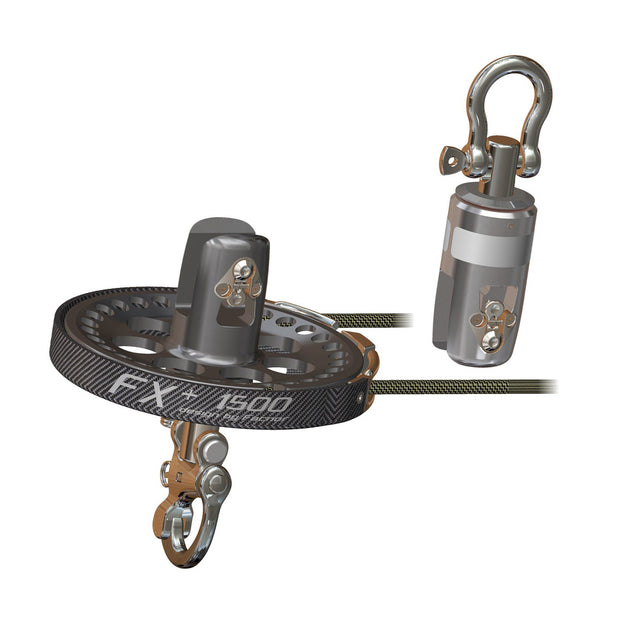
Asymmetric spinnakers, gennakers, and good old lightweight drifter/reachers have been around for a while, but the latest trend is to take a few lessons from the Kiwis and grand prix racers around the world and stick them on a sprit. Our testing focused on the assumption that if light-air sails could be made easier to handle and offer better performance, more cruisers and day sailors would opt to expand their sail inventory.
#Code zero furlers code#
Contrary to folklore, the Kiwis proved to be a smart rabbit, and the gains they made with the code zero and their consummate sailing skills still stand today. As the two boats headed toward the start line, it was indeed a rabbit and turtle race. It unrolled with a whoosh and left the Italians in the proverbial dust. The breeze was light, and as soon as the Kiwis tacked, they hoisted a lightweight, furled-on-itself headsail coined a “code zero.” The crafty New Zealanders had baited the stylish Italians aboard Prada into following them on a long hitch away from the starting line. However, a new twist on the old technology drew attention during a re-start sequence of Race 2 in the 2000 Americas Cup, when the Kiwis dragged a bag onto the foredeck of their AC boat and set a sail that set a new standard in light-air performance. Early malfunctions resulted in the industry shift to slotted foils that were placed over a permanent headstay-a decision that ushered in a safe, reliable roller-furling revolution. This “all the eggs in one basket” scenario had a downside that was much more serious than the prospect of a torn headsail. Interestingly, these new gennaker or code zero furlers share some similarities with early, forgettable jib furler designs.īefore roller-furling headsail gear evolved into the safe, reliable equipment of today, there was quite a bit of experimentation with foil-less, swiveling head-and-tack systems that allowed sails with sewn-in wire luffs to function as both a furling mechanism and a permanent headstay. They require no fixed stay, and on a properly equipped boat, can be set, furled, doused, and dropped with relative ease. Because of these issues, many sailors reluctantly accept the poor, low-end performance of a fairly flat cut, heavy furling genoa, and make up for its shortfalls with diesel fuel.Ī new generation of light-air roller-furling sails aims to resolve these issues. Light-air, loose-luff sails love to go over the side. This swap involves sails that lack hanks, and do not remain tethered to a headstay while being doused. The real problem, however, begins when the breeze kicks up and the excess sail area of the lightweight sail must be diminished, not by roller reefing, but by dropping the sail and replacing it again with the heavyweight genoa.


The process of peeling a boltrope-fed genoa out of a furler slot and replacing it with another, even larger sail is an arduous task at best, one that makes a traditional hank-on headsail swap seem like easy business. 1 genoa and the hank-on drifter/reacher have become orphans without a stay on which to hank.

This stems from the fact that the light No. Roller furling makes headsail handling a whole lot easier, but it also results in a significant loss in light-air efficiency.


 0 kommentar(er)
0 kommentar(er)
